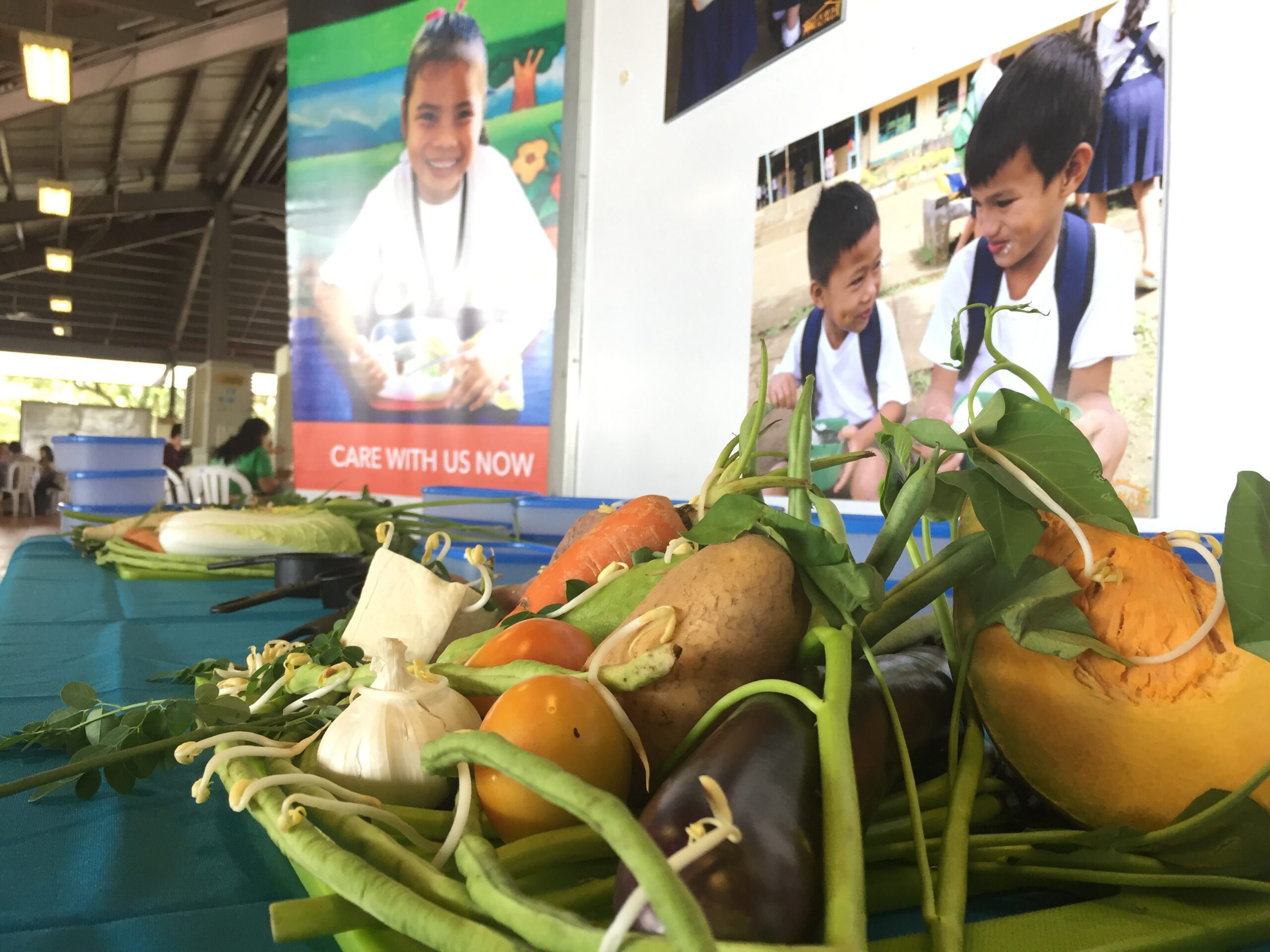SUMMARY
This is AI generated summarization, which may have errors. For context, always refer to the full article.

MANILA, Philippines – Feeding programs are common in public schools where malnourished students are beneficiaries. However, these programs last only for a few months due to financial constraints.
This is one the reason why Senate Bill 1279 or the “National School Feeding Program Act” was introduced to institutionalize school feeding programs across the country to combat hunger and undernutrition among students.
Speaking at the End Hunger Summit 2017, Senator Grace Poe emphasized the importance of sustainable school feeding programs in public schools to address the hunger issues among students.
“I believe that hunger is inconsistent with basic human rights and dignity,” added Poe, one of the co-authors of SB 1279.
In the Philippines, there are 3.1 million families suffering from hunger. That, according to the senator, equates to around 15 million Filipinos. (WATCH: Rappler Talk: Ending hunger and poverty in the Philippines)
Under the proposed bill, schools and local governments will put up a centralized kitchen where the preparations of meals shall be done.
The bill also seeks to create the National Nutrition Targeting System where all existing nutrition and poverty database will be harmonized to address the needs of every individual or group.
The main objectives of SB 1279 are the following:
- Have free and sustainable feeding programs in all public schools across the country
- Utilize local raw products from small-scale farmers and businesses
- Encourage public schools to maintain the Gulayan sa Paaralan program
- Promote community participation in the feeding program that will also include the private sector
- Improve students’ performance in national aptitude examinations, and in school academics, in general
Poe said that around P40 billion is needed to support the national feeding program for 240 days a year.
“Children who are well-fed do not get sick easily,” Poe stressed
Senator Francis Escudero, chairman of Senate committee on education, also backed the bill.
According to Escudero, the aim of the Senate is to provide enough and appropriate food to more than 1.3 million Filipino students categorized by the Department of Education as “wasted” or “severely wasted.” (READ: INFOGRAPHIC: PH hunger in numbers)
Escudero urged restaurants and fast food chains in the country to give away their excess food instead of throwing them out. He also added that they are looking for ways to keep the establishments from being held accountable in case of untoward incidents stemming from the excess food given out. (READ: What causes food insecurity in the PH’s poorest provinces?)
“It may be a company policy not to give out excess food but whatever it is, still it is wasted food,” Escudero said.
According to the Philippine Statistics Authority, farmers and fishermen belong to the families with income below the poverty threshold, which Escudero said is ironic since they are the country’s major food producers.
The United Nations Sustainable Development Goals include ending hunger and malnutrition by 2030. Gawad-Kalinga, one of the civil society groups advocating for sustainable feeding programs, is confident that the country will be able to end hunger with the help of the proposed measure.
In a study, the Philippines ranked 9th among countries with the highest prevalence of stunted kids.
From a prevalence rate of 38% in 1998, the decrease has not been consistent, only reaching 30% in 2013, based on the estimates of UN agencies. (READ: Addressing malnutrition, one meal at a time)
Based on Food Nutrition and Research Institute (FNRI) data as of 2015, stunting or the chronic malnutrition rate among Filipino children is now at 33.4%. – Rappler.com
Add a comment
How does this make you feel?
There are no comments yet. Add your comment to start the conversation.